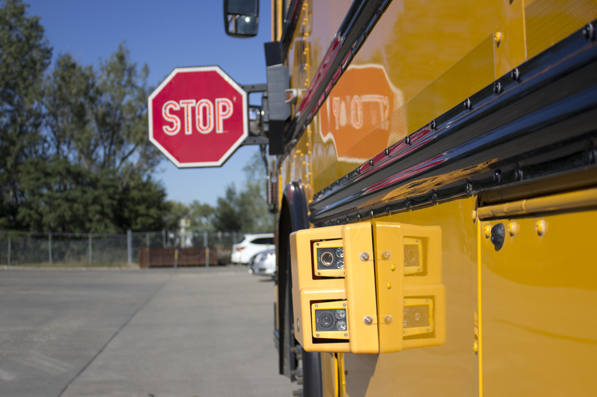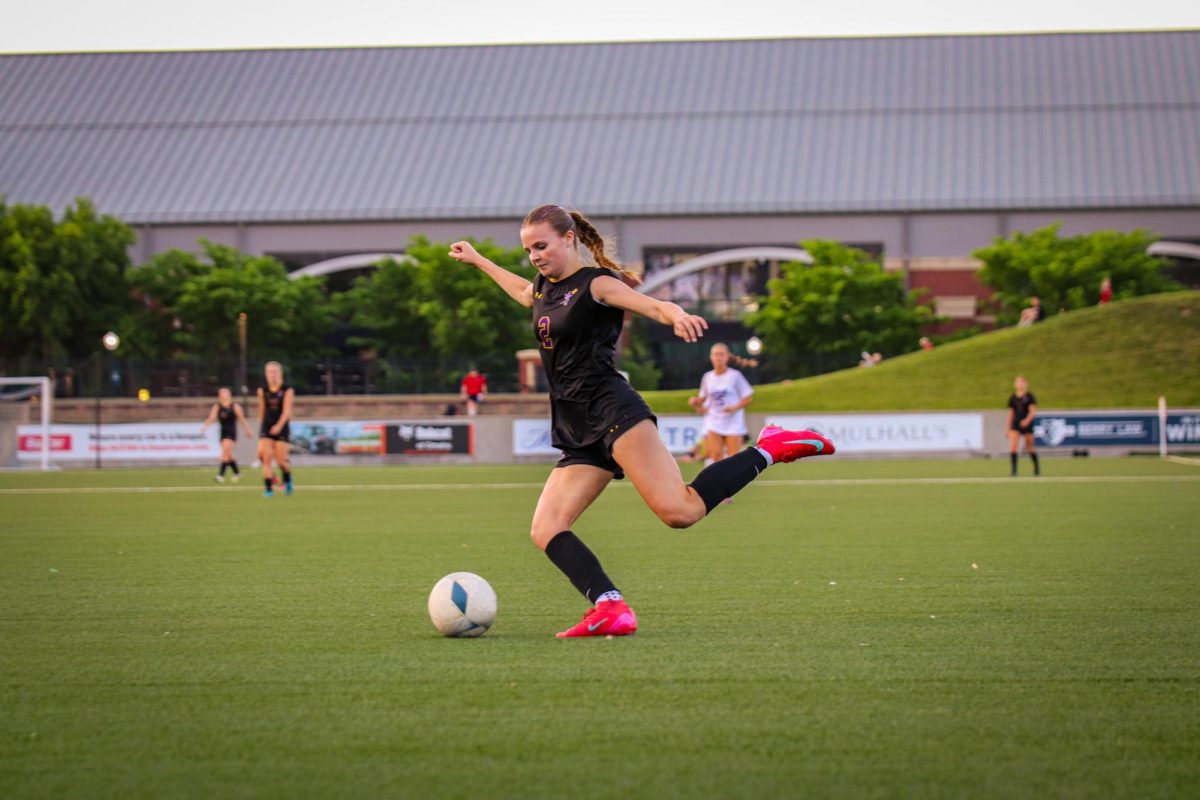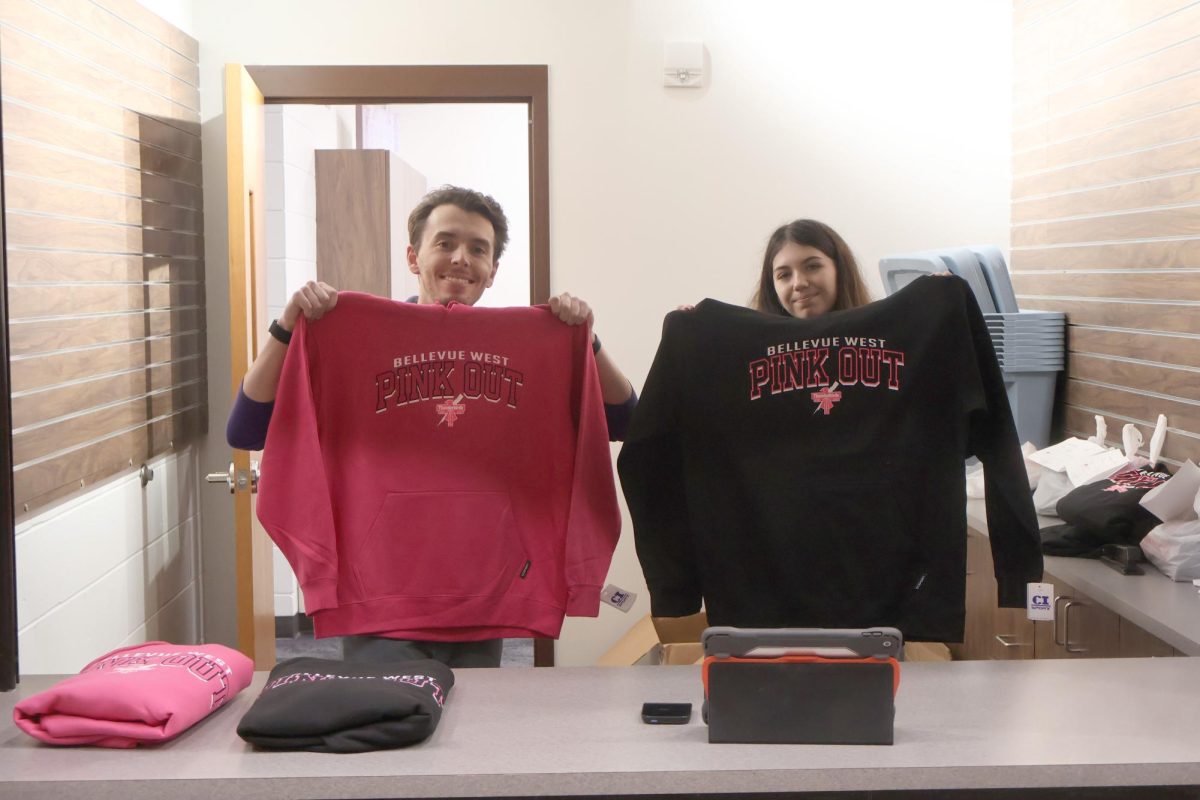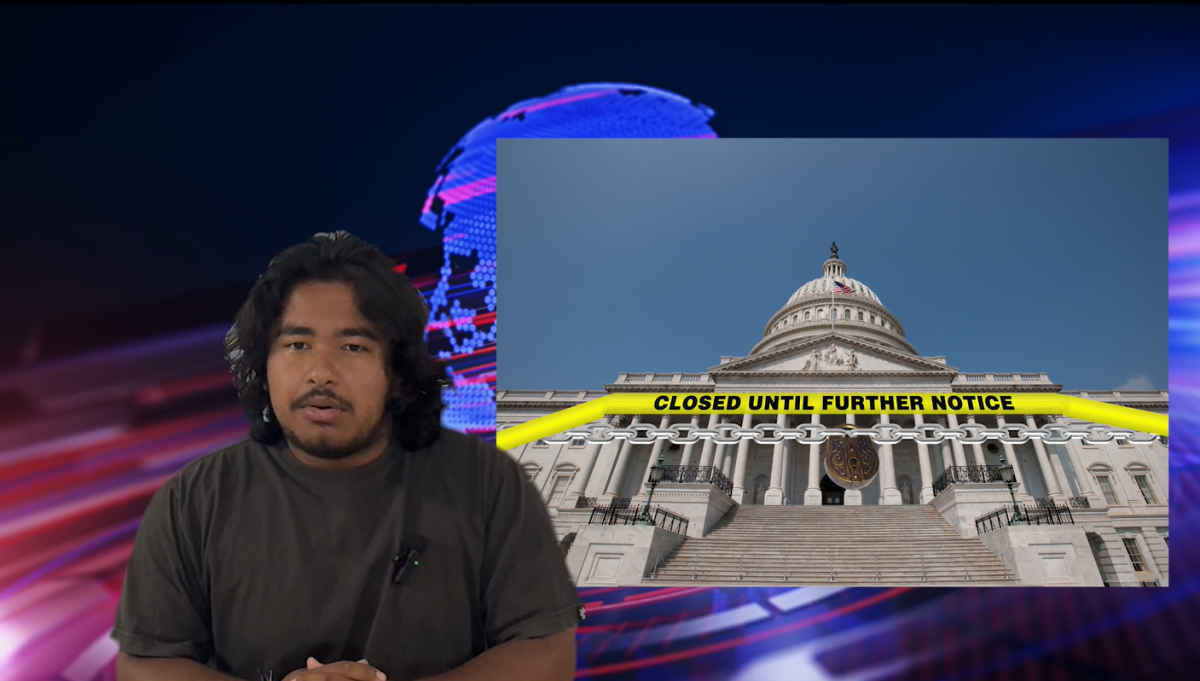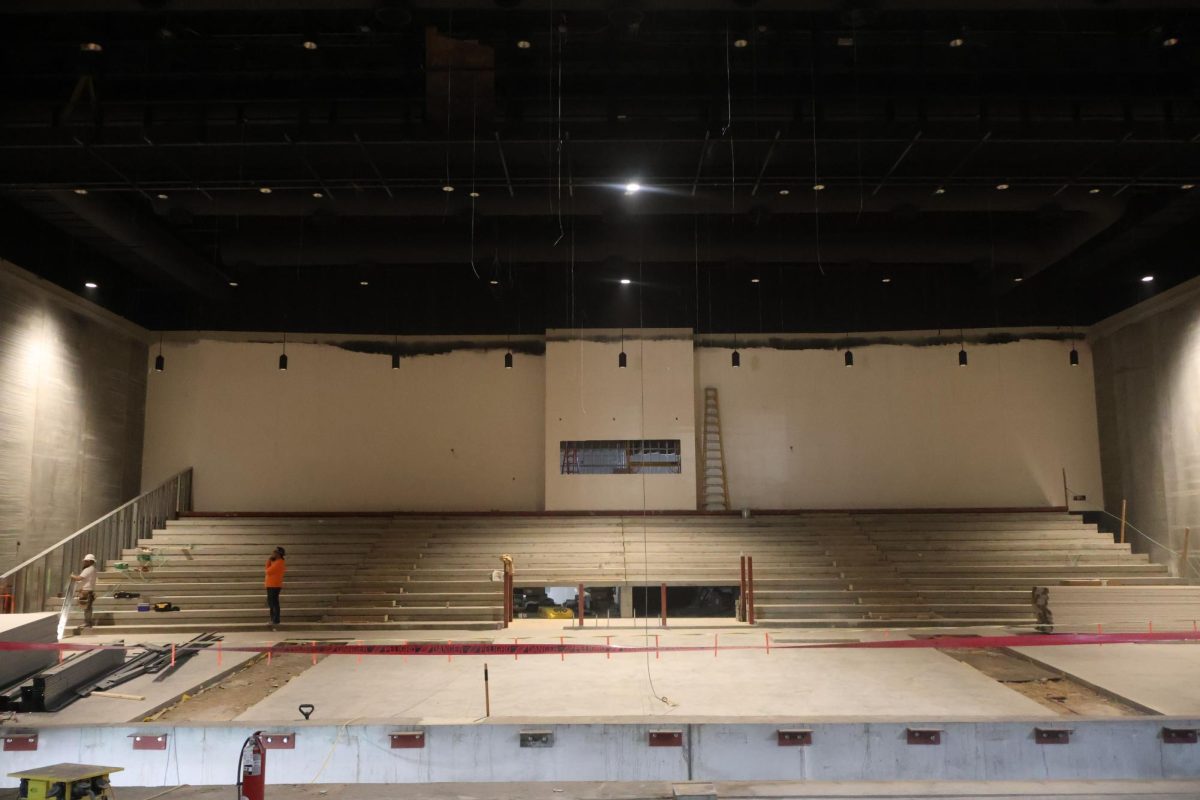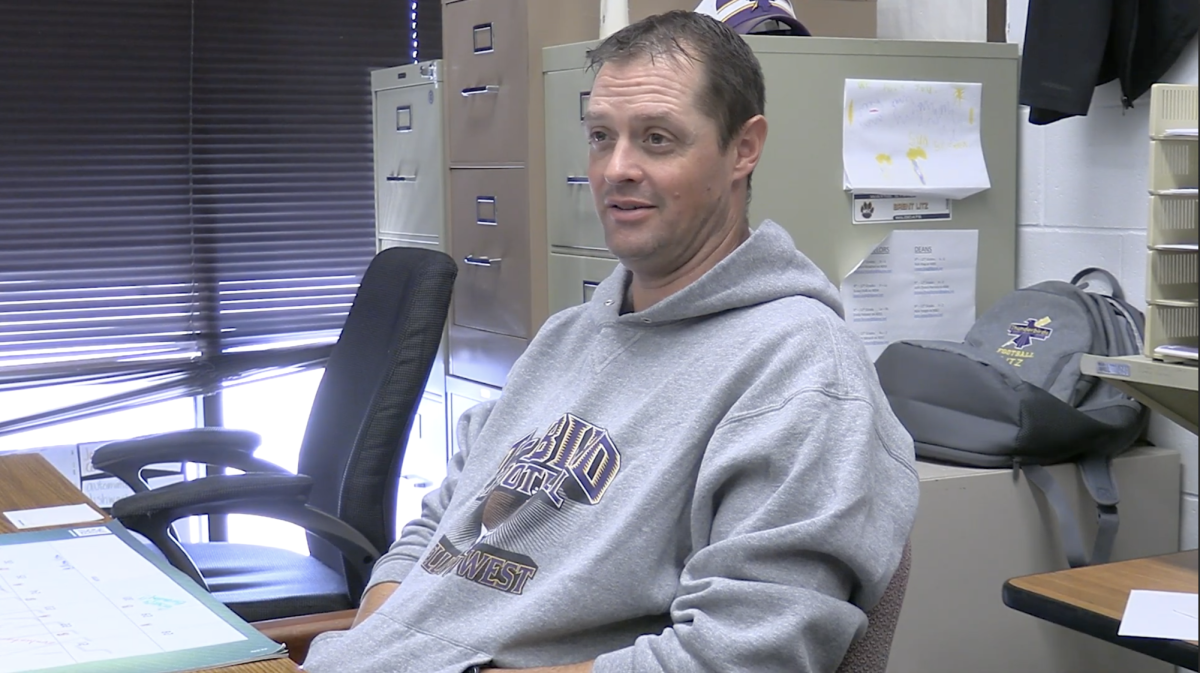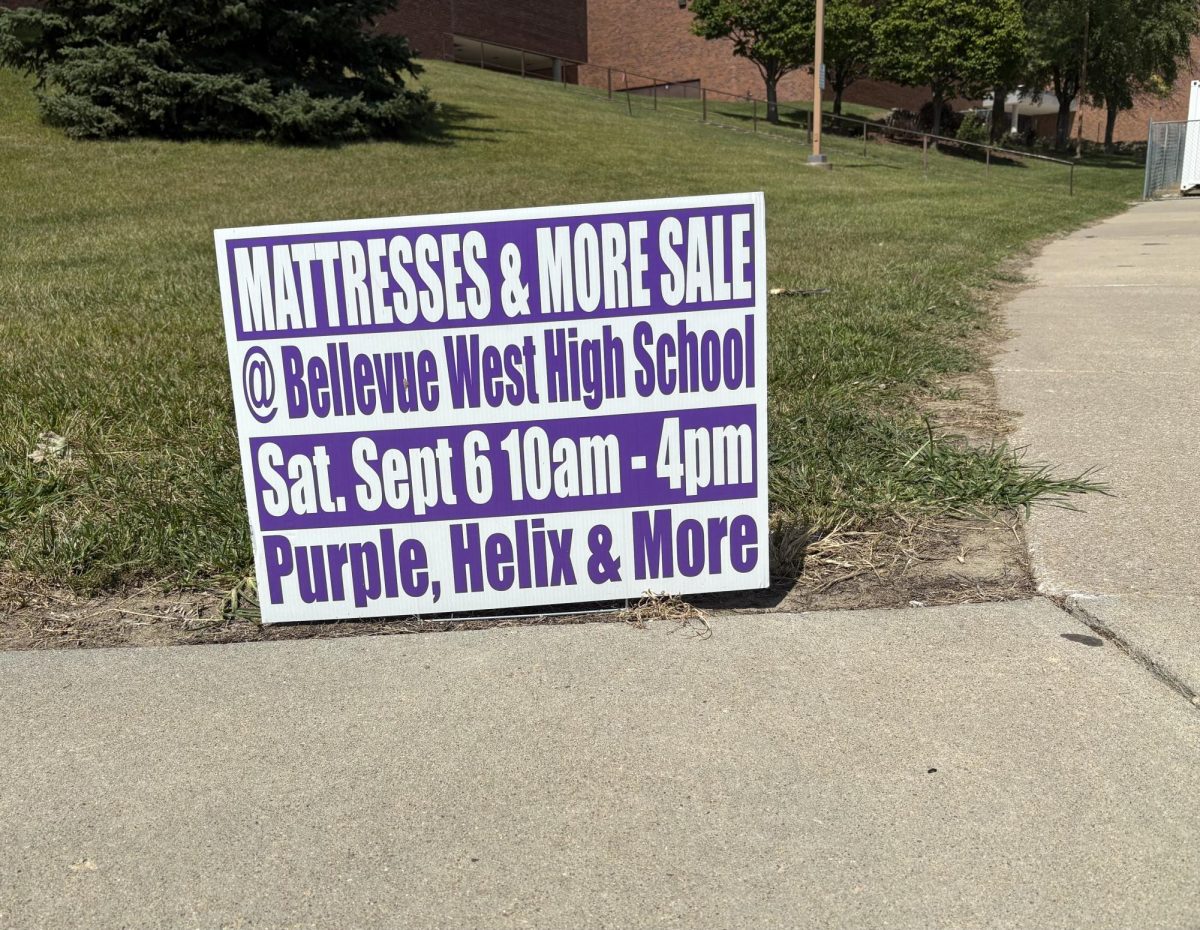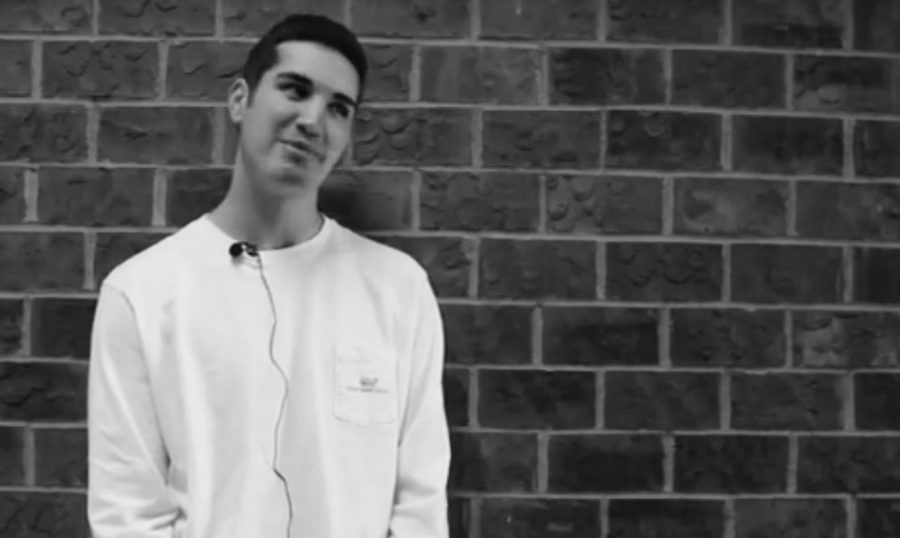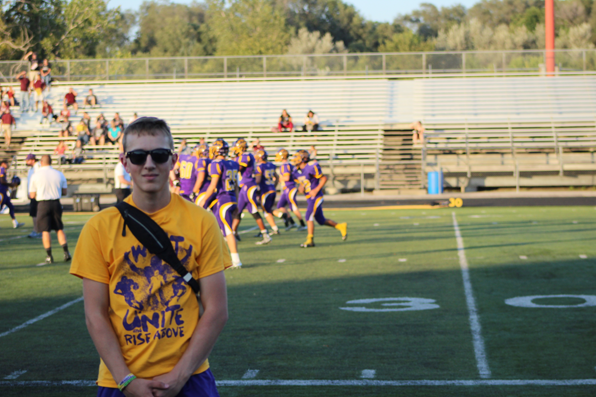It’s the end of a long school day and kids are ready to go home, kick back and relax. The huge yellow bus pulls up to the regular neighborhood curb. The driver applies the brakes, shoots out the stop arm, flashed the red lights and checks the streets to make the surroundings are safe as possible.
One by one the kids hop off the bus and prepare for the walk home. Right before crossing the street in front of the bus, a car speeds by almost hitting the student.
Because of scenarios like this, Director of Transportation Richard Casey thought exterior bus cameras might be an effective addition to ensure the safety of students. He talked with Radio Engineering Industries and negotiated that Bellevue would test their new cameras if they could install them for no cost to BPS.
Since the addition, drivers are easily caught passing through the stop arm. All the bus driver has to do is press a button and the cameras send the footage of the violation the transportation building. From there, they can send it to the police.
In 2015, only three buses had the cameras installed and 63 violations were captured by camera and 124 by the bus driver. In 2014, there were no cameras installed and 160 violations were reported by bus drivers.
In June of 2016, a total of 11 cameras had been added. So far this school year (Aug. 11 through Sept. 27) there have been a total of 51 violations recorded, 33 of which were captured on camera. Only one citation has been written up.
In Nebraska, there is no law that allows cameras to be used to write citations, but the bus cameras are allowed because they are considered “evidence” of the violation. Casey explained that it is like when someone gets in a car accident; the dents are evidence to what happened and how the accident happened. The bus footage is evidence to which a police officer can write a citation for.
Casey said the cameras also make it easier for bus drivers to pay attention to the kids crossing the street instead of having to write license plate numbers for people who speed past the bus. He believes there are three main reasons why he believes people run stop arms.
“The first [reason] is just out of ignorance, they don’t know what they are supposed to do,” Casey said. “Some people run it because they are in a hurry they just don’t care. I think the biggest reason they run stop arms is the fact that they are distracted, they are doing whatever and are not paying attention to what’s going on around them and the blow right through it.”
Failing to stop for a school bus while students are loading and unloading may result with a $500 fine and an assessed three points against his/her driver license.
BPS bus driver Frank Rodriguez said he thinks the cameras are a great addition to the school buses and feel it spreads more awareness to the general public.
“I think it is a great idea,” Rodriguez said. “First of all safety is our concern with students and the cameras allow for people to become aware that students are crossing the road and therefore we need you to stop. Then of course it makes it better for students to be better protected.”
Sophomore Ayonna Solomon-Smith said the new cameras were added to the buses “to make sure [cars] don’t run into anything and to make sure they are doing the right thing on the road.”
Looking at the statistics, Casey said buses are the safest mode of transportation and are “built like tanks.” He said the danger zone where kids are hurt is outside the bus. The reason behind adding exterior cameras were to lower the number of students getting hurt and lower the number of drivers breaking the law.
Solomon-Smith said she hasn’t seen a difference yet with the addition of the new cameras. To her, she said it feels the same as when she rode the bus in middle school when there were no exterior cameras.
Casey is glad the public is becoming aware of the new cameras and believes it is drawing attention to the safely of the students.
In wanting to raise awareness for bus students’ safety, Rodriguez advises drivers to “please slow down whenever you see a big bus with the stop arm out.”
“It’s been a wonderful process and I believe it has 100 percent increased the safety of our students that we transport,” Casey said.
Brooke Riley
Editor-In-Chief
Christian Hiltbrunner
Director
Kinley Hamilton
Videographer


